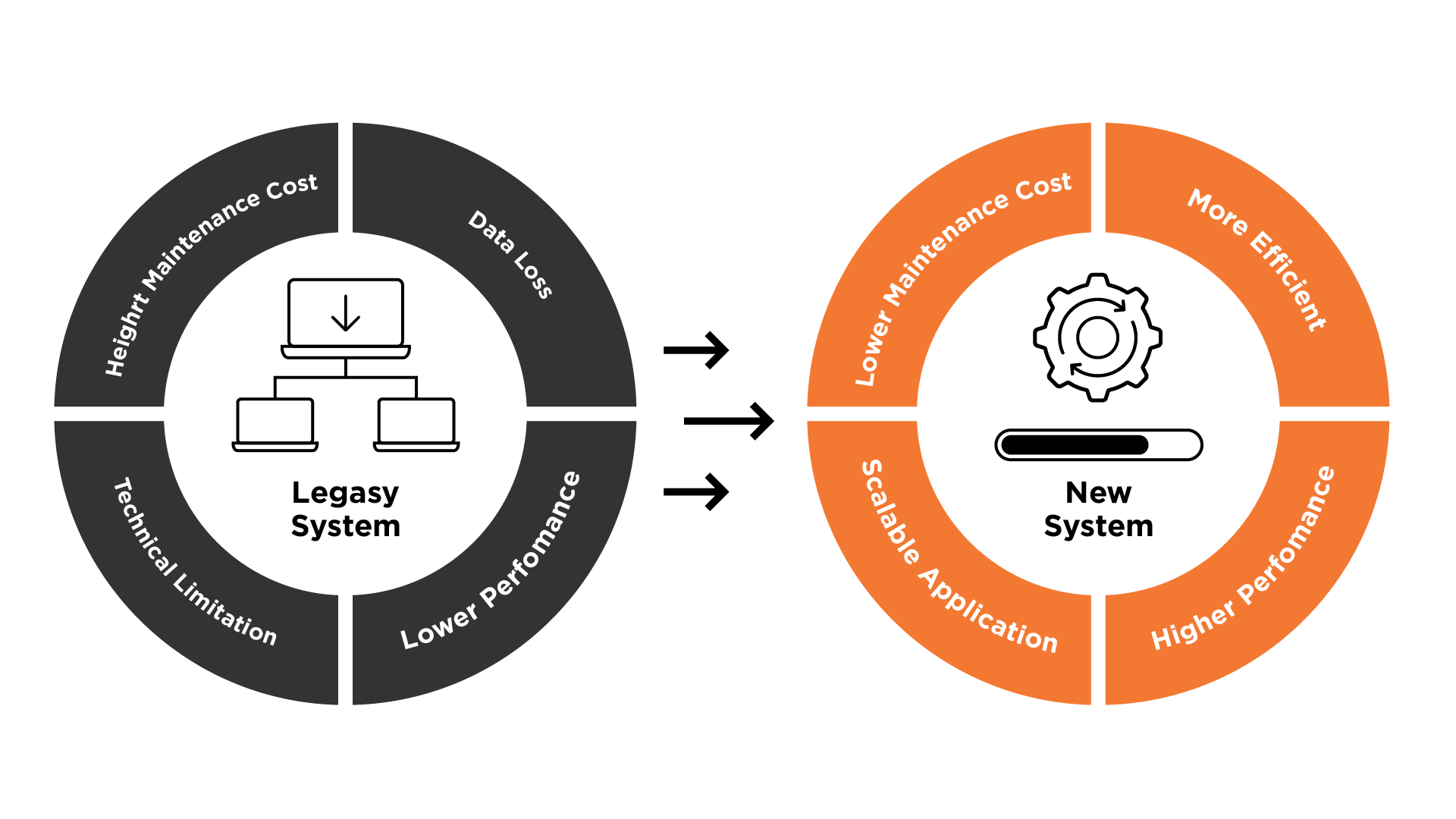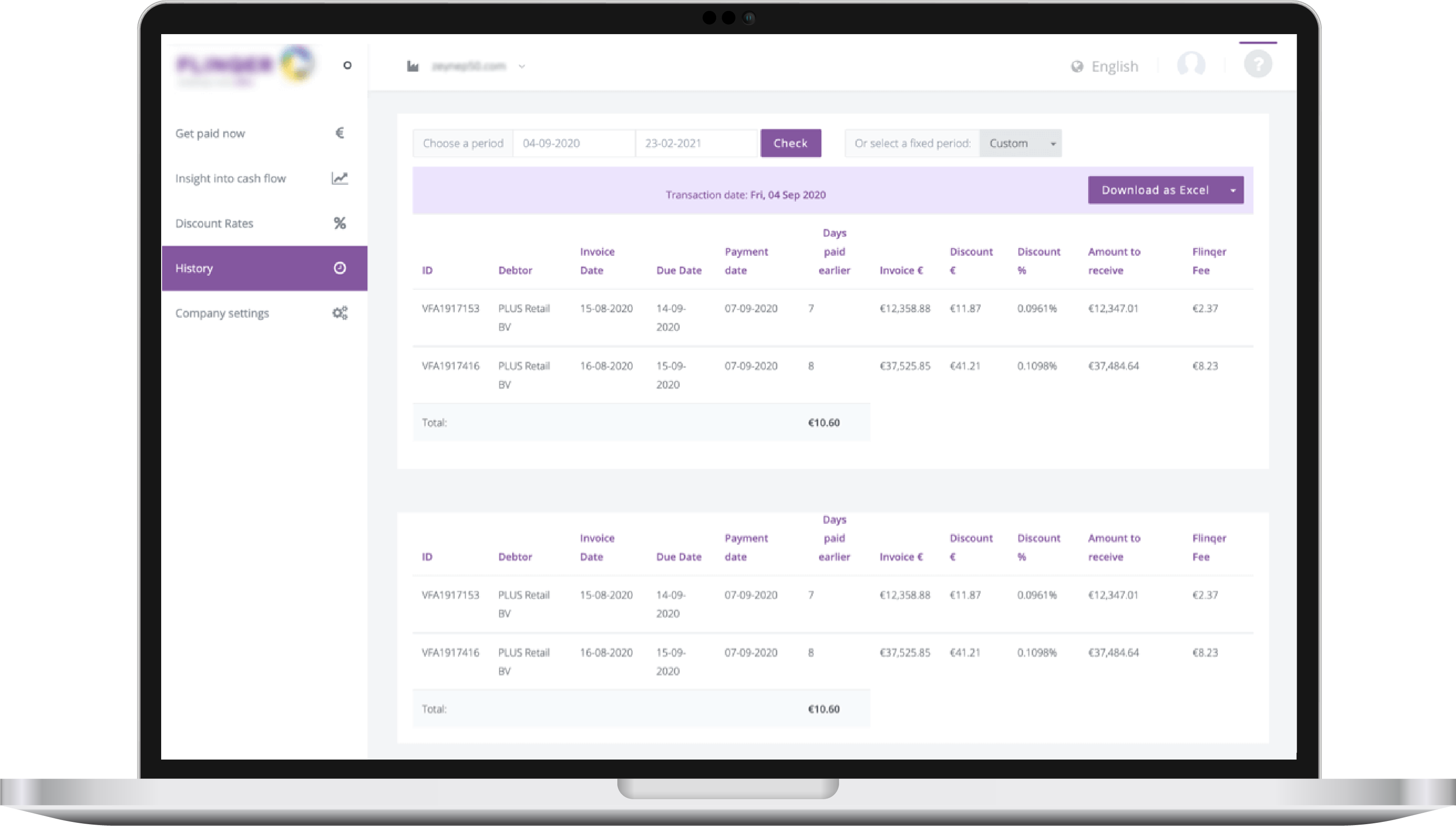Before the AI Hype: Why Legacy Modernization Is Still Mission-Critical in 2025
AI is everywhere in 2025.
From real-time decision-making to automated customer support, businesses are racing to implement the latest models and platforms. But here’s the catch: none of it works if your core systems are stuck in the past. Legacy software, outdated databases, brittle integrations - these aren’t just old tools. They’re barriers standing in the way of fundamental transformation.
And no amount of AI layering will fix what’s fundamentally broken underneath.
Before you chase the next big thing, it’s time to tackle what’s holding you back. In this article, we explain why legacy system modernization is still mission-critical in 2025 and outline six practical steps to get it done right.
Why You Can’t Innovate on Top of a Broken Foundation
Enterprises today face a paradox: the push for AI-driven innovation is stronger than ever, but legacy systems can’t support the scale, speed, or security AI demands.
Here’s what’s at stake:
|
Legacy Limitations |
Impact in 2025 |
|
Data fragmentation |
Inaccurate or incomplete training data for AI/ML systems |
|
Slow performance |
Bottlenecks that kill real-time AI workflows |
|
Outdated architecture |
Incompatible with cloud-native AI platforms |
|
Security blind spots |
Increased risk of breaches in high-stakes, data-heavy environments |
AI can only be as smart as the infrastructure it runs on. If your systems can’t scale, integrate, or secure data properly, AI isn’t a solution; it’s a liability.
Step 1: Audit What You’ve Got—Not What You Hope to Build
Too many digital transformations fail because teams start with tech aspirations instead of business realities.
We suggest starting by mapping your current system:
- Where are your bottlenecks?
- What’s manually maintained?
- What doesn’t integrate?
- Where’s your technical debt?
You can’t modernize if you don’t know where the cracks are. And in 2025, ignoring those cracks means you’re building your AI roadmap on quicksand.
Step 2: Align Your Modernization Goals with Business Outcomes

Modernization for the sake of modernization is a dead-end. But aligning it with measurable business outcomes—like reducing downtime, enabling new revenue models, or improving data pipelines—makes it a growth lever.
Ask the following questions:
- What does the business need to do faster, smarter, or more securely?
- Where do our current tools fall short?
- How could modernization help unlock that potential?
Your modernization roadmap should support your AI ambitions, not distract from them.
Step 3: Make Data Migration a Priority, Not an Afterthought
Legacy systems usually mean messy data - redundant, unstructured, or siloed. And in the age of AI, bad data is worse than no data.
So, your modernization effort should:
- Clean, validate, and enrich critical datasets.
- Centralize data in platforms that support AI readiness.
- Automate migration where possible—but never without testing.
Smart AI starts with smart data. Treat migration as a foundational move, not a side task.
Step 4: Rethink Security and Compliance in a Post-AI World
The stakes are higher now. AI models are hungry for data, and bad actors know it. Legacy systems leave you exposed to everything from ransomware to regulatory fines.
Modernization is your chance to bake in:
- Zero-trust architectures
- Real-time threat detection
- Regulatory compliance (GDPR, HIPAA, ISO 27001, etc.)
- End-to-end encryption and access controls
In 2025, compliance isn’t a checkbox, it’s a competitive differentiator.
Step 5: Build a System That Can Scale with You, Not Against You
You’re not just modernizing for today’s problems but preparing for tomorrow’s opportunities.
That means designing with:
- Cloud-native infrastructure that supports elastic scaling.
- Modular architectures that let you plug in new AI tools without reengineering everything.
- Automation-first workflows that reduce manual dependencies.
Your future growth shouldn’t require future rework.
Step 6: Don’t Go It Alone—Bring in People Who’ve Done This Before
Legacy modernization is complex, especially when it intersects with AI goals, compliance standards, and mission-critical operations.
Working with a proven partner brings:
- Deep technical and domain expertise
- Risk mitigation strategies
- Accelerated timelines
- Cost efficiency
At Ardas, we help enterprises modernize core systems with minimal disruption, so they can confidently move forward.
Real-World Proof: How One Fintech Platform Became AI-Ready
A European fintech company struggled with a slow, monolithic system riddled with bugs, making it impossible to scale or integrate AI capabilities.

Working with Ardas, they:
- Transitioned to a microservices architecture
- Streamlined API workflows
- Rebuilt discounting logic for real-time automation
- Enabled scalable analytics with modern data tools
Now, they’re not just stable—they’re positioned to integrate AI into pricing, fraud detection, and customer support.
Explore the complete case study.
The Bottom Line: Fix the Foundation Before You Add More Floors
The AI hype isn’t going anywhere, but hype doesn’t replace the hard truth. You can’t build cutting-edge capability on a crumbling base.
Modernization is what makes AI possible. It’s not a distraction from innovation—it’s a prerequisite.
If you want to compete in 2025 and beyond, fix what’s under the hood, before you chase what’s flashy on the dashboard.
Need Help with Going Digital?
Let's explore cooperation opportunities
